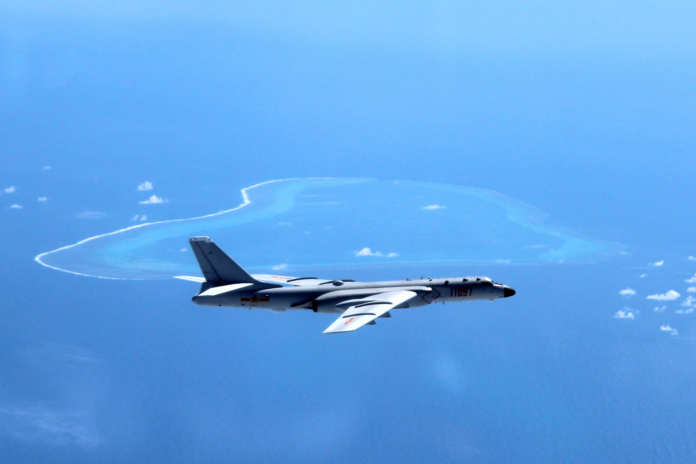
South China Sea ruling still fueling tensions between China and Phillipines


It’s a ruling that China cannot accept, and one that the Philippines must.
An international arbitration panel’s decision on the contested waters of the South China Sea so far is fueling regional tensions rather than tamping them down.
In the ensuing 11 days, China has responded to the sweeping victory for the Philippines by flexing its military might. The Philippines faces pressure both at home and abroad not to cede an inch to China after the July 12 decision by a tribunal at The Hague-based Permanent Court of Arbitration.
The South China Sea is dotted with reefs and rocky outcroppings that several governments claim, including China and the Philippines. The arbitration panel didn’t take a position on who owns the disputed territories. It did conclude that many of them are legally rocks, even if they’ve been built into islands, and therefore do not include the rights to develop the surrounding waters. That and other findings invalidated much of what China’s called its historic claims to the resource-rich sea.
In order to ease tensions, China, the Philippines and possibly other claimants must define what the ruling means for fishing, offshore oil and gas exploration, and military and other activities in the vast body of water that lies between the southern Chinese coast and the Philippine archipelago.
A major diplomatic test starts Sunday in Laos at a three-day meeting of Southeast Asian foreign ministers that will include sessions with their Chinese and U.S. counterparts. Past ASEAN meetings have broken down over disagreements between those taking China’s side and those opposing it. The U.S., whose Navy patrols the waters, has called on China to abide by the ruling while also urging calm.
Longer-term, there are compelling reasons for China and the Philippines to talk, but also significant obstacles to that happening. Unless the two sides can find a way around their impasse, the ruling may simply prolong the South China Sea’s long-running territorial disputes, which also involve Vietnam, Taiwan, Malaysia and Brunei in a mesh of overlapping claims.
From Agencies, Feature image courtesy AP

